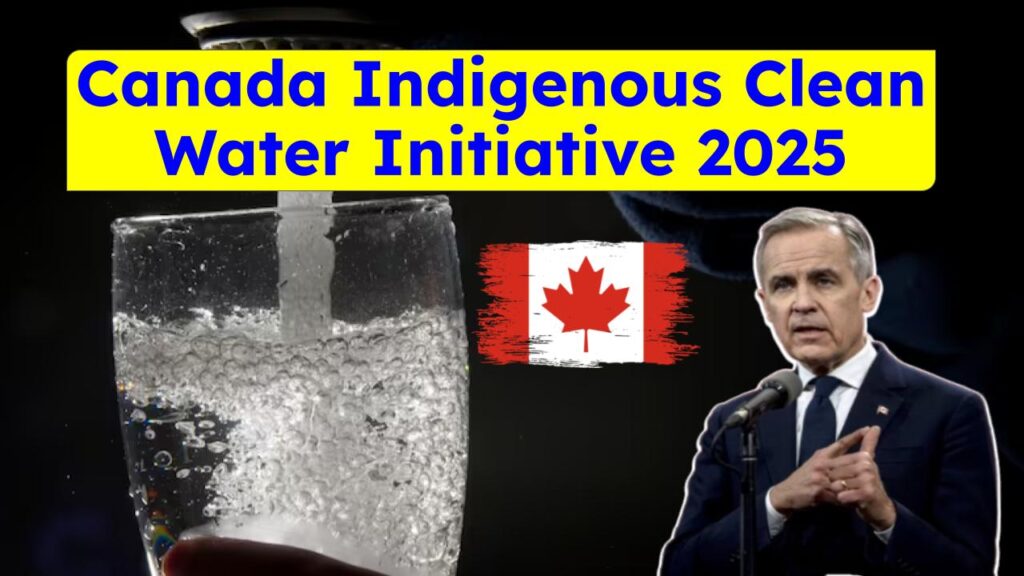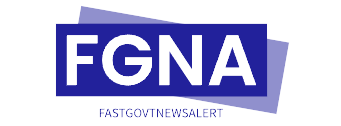
Access to clean, safe drinking water is a fundamental human right. Yet, for many Indigenous communities across Canada, this basic necessity has remained elusive for decades. The Canada Indigenous Clean Water Initiative 2025 represents a bold step toward addressing this long-standing issue.
Through targeted investments, community-led projects, and legislative reforms, the initiative aims to ensure that every Indigenous household in Canada has access to reliable, clean water by 2025. But what exactly does this initiative entail? How will it impact Indigenous communities? And how can you get involved? Let’s dive deeper into this transformative effort.
Canada Indigenous Clean Water Initiative
| Aspect | Details |
|---|---|
| Funding Commitment | $4.61 billion invested since 2016 to improve water infrastructure in Indigenous communities. |
| Long-Term Advisories Lifted | 147 long-term drinking water advisories resolved since 2015. |
| Legislative Progress | Bill C-61 (First Nations Clean Water Act) introduced in October 2024. |
| Community-Led Initiatives | Fundraising efforts like Alongside Hope empower Indigenous-led water projects. |
| Energy Programs Supporting Water | $220 million allocated under the Clean Energy for Rural and Remote Communities program. |
The Canada Indigenous Clean Water Initiative 2025 represents hope, resilience, and determination. With billions invested, hundreds of advisories lifted, and countless lives transformed, the initiative proves that meaningful change is possible when we come together. However, the journey isn’t over yet. Continued advocacy, funding, and partnership are essential to fulfill the promise of clean water for all.
Why Is Clean Water Access So Important?
Imagine waking up every morning and not being able to turn on a tap for a glass of clean water. For many Indigenous families, this isn’t just an inconvenience—it’s their daily reality. Contaminated water sources lead to serious health risks, including gastrointestinal illnesses, skin conditions, and even cancer. Beyond health, lack of clean water affects education, economic opportunities, and quality of life.
For example, children in schools with unsafe water often miss classes due to illness or spend hours collecting water instead of studying. This creates a ripple effect that impacts entire communities. According to Global Affairs Canada, clean water access is directly linked to gender equality, poverty reduction, and sustainable development goals. It’s clear why solving this crisis is so urgent.
Read Also: Study in Canada Scholarships Program
Breaking Down the Canada Indigenous Clean Water Initiative 2025
The Canada Indigenous Clean Water Initiative 2025 is built on three pillars: funding, infrastructure, and partnerships. Let’s explore each component in detail.
1. Funding: Investing in the Future
Since 2016, the Canadian government has committed over $4.61 billion to address water insecurity in Indigenous communities. These funds are used to build new water treatment plants, repair aging systems, and train local operators.
For instance, the Neskantaga First Nation in Ontario—a community that had been under a boil-water advisory for nearly three decades—recently received funding to upgrade its water system. Thanks to these investments, residents now enjoy uninterrupted access to clean water, transforming lives overnight.
2. Infrastructure: Building Resilient Systems
Infrastructure upgrades are at the heart of this initiative. Many Indigenous communities rely on outdated or poorly maintained systems prone to breakdowns. To combat this, the government is prioritizing:
- Construction of modern water treatment facilities
- Replacement of old pipes and pumps
- Implementation of renewable energy solutions to power water systems sustainably
Take the case of the Clean Energy for Rural and Remote Communities (CERRC) program. Since 2018, it has provided $220 million to reduce diesel dependence in remote areas, indirectly supporting water security.
3. Partnerships: Empowering Indigenous Leadership
One of the most exciting aspects of this initiative is its focus on community-led projects. Organizations like Alongside Hope work hand-in-hand with Indigenous leaders to design and implement water solutions tailored to specific needs. By empowering communities to take charge, the initiative ensures long-term sustainability and cultural sensitivity.
Step-by-Step Guide to Understanding the Initiative
To make sense of the Canada Indigenous Clean Water Initiative 2025, here’s a simple breakdown:
- Identify the Problem: Assess which communities face water shortages or contamination.
- Allocate Resources: Provide funding for infrastructure repairs and new construction.
- Engage Communities: Partner with Indigenous leaders to co-create solutions.
- Monitor Progress: Track results through regular reporting and accountability measures.
- Sustain Success: Train local workers and establish maintenance protocols to prevent future issues.
Each step builds upon the last, creating a comprehensive approach to tackling the water crisis.
Practical Advice: How Can You Help?
You don’t need to be a policymaker or engineer to contribute to this cause. Here are some actionable ways anyone can help:
- Donate to Trusted Organizations: Support groups like Alongside Hope, which fund Indigenous-led water projects.
- Educate Yourself and Others: Learn about the challenges Indigenous communities face and share your knowledge.
- Advocate for Change: Contact your local representatives to express support for initiatives like Bill C-61.
- Volunteer Your Skills: If you have expertise in engineering, project management, or fundraising, consider volunteering with organizations working on water projects.
Even small actions can create big waves when combined with collective effort.
Read Also: Canada Carbon Rebate 2025: How It Works, Benefits, and What to Expect
Canada Indigenous Clean Water Initiative 2025 FAQs
Q: What is causing the water crisis in Indigenous communities?
The crisis stems from a combination of factors, including inadequate infrastructure, limited funding, and geographic isolation. Historical neglect and systemic inequities have compounded these challenges.
Q: How does the government decide which communities receive funding?
Funding decisions are based on assessments of need, feasibility studies, and consultations with community leaders.
Q: What role do Indigenous communities play in the initiative?
Indigenous communities are central to the process, guiding decision-making, overseeing implementation, and ensuring culturally appropriate solutions.
Q: Will all Indigenous communities have clean water by 2025?
While significant progress has been made, achieving universal access depends on continued investment, collaboration, and policy reforms.
Q: Where can I find more information about this initiative?
Visit the official website of Indigenous Services Canada for updates and reports.
